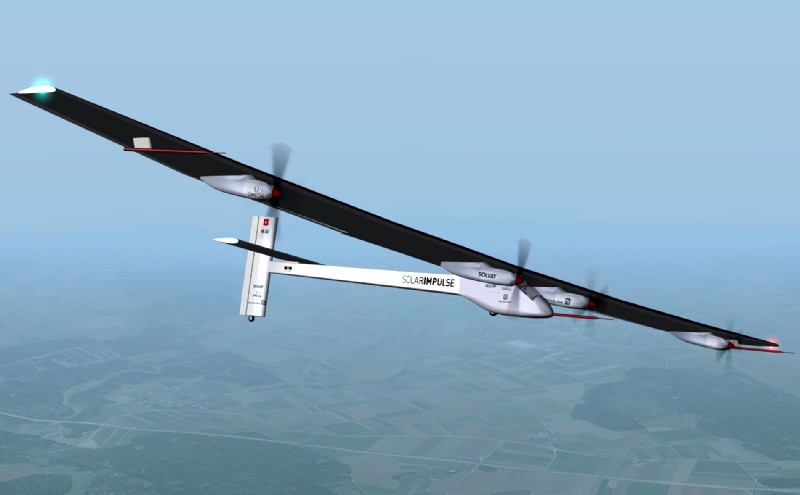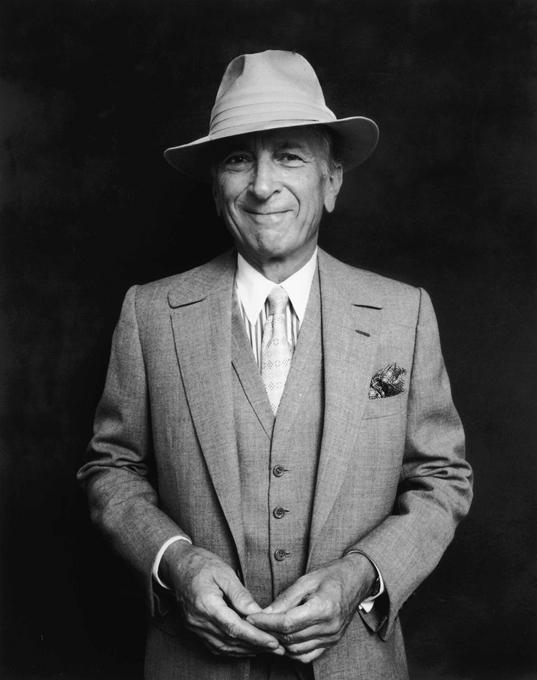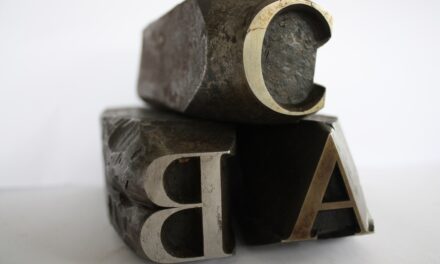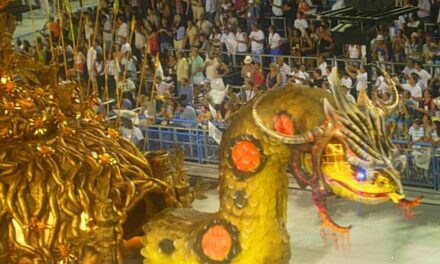André Borschberg strapped himself to a single seat inside his aircraft, which is propelled only by solar energy, and took off from Brussels. He flew silently over Europe for twelve hours before landing safely in Paris in time for the largest international air show.
 credit aviationnews.eu
credit aviationnews.eu
With a degree in management science, Borschberg became the first pilot to test the world’s first solar-powered aircraft that can fly day and night. Never before could an airplane plane fly without fuel and fly as inexpensively as the Solar Impulse could. Powered by 11’628 solar cells that produce enough energy to fly the 1,600 kilogram aircraft, it runs on batteries that weigh a total of 400 kilograms – a quarter of the aircraft’s total weight.
The challenge lies in storing enough energy
The CEO faced many challenges aboard the Solar Impulse, which has completed ten mission flights in total, five this year. “The major constraint in the project is storing enough energy in the lithium polymer batteries to fly through the night,” he says. “Producing enough energy to propel the airplane for long periods of time requires taking maximum advantage of solar energy,” he adds.
Carrying a message of environmental awareness
The Solar Impulse flew this summer on three trips – Payerne to Brussels on May 13 (630 kilometers), Brussels to Paris- Le Bourget on June 14 (395 kilometers), and Paris-Le Bourget to Payerne on July 3 (426 kilometers)—inaugurating a European flight campaign that is full of promise with regard to
finding clean energy solutions that can help to arrest the process of climate change.
“The Solar Impulse was not built to carry passengers, but to carry messages,” says chairman and project initiator Bertrand Piccard, who believes that energy efficiency can help our society in terms of cost reduction and dependency on fossil fuels. “Now that an aircraft can fly day and night with no fuel, no one can honestly continue to claim that you cannot do the same for cars, buildings, heating, cooling and
lighting.”
He also hopes that missions will increase environmental awareness, shifting paradigms toward new, green solutions. He says that “people are discouraged by the magnitude of the problems, whereas they should be motivated by the technological solutions that can create jobs and open new markets while protecting the environment.” While advocating that the aviation industry make changes in an era of ever increasing fuel costs, Piccard follows a simple rule: “Who can do more can do less.”
With 100,000 Swiss francs, equivalent to roughly $114,000, the current budget is calculated to include the existing airplane and an additional prototype that will be built over the next decade. As the team finalizes design and conception earlier next year, the prototype will be assembled in time for its round-the-world flight in 2014.






